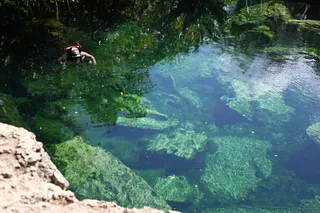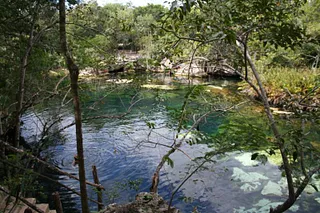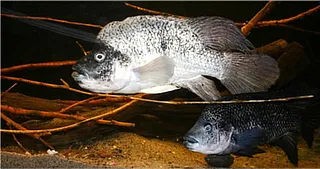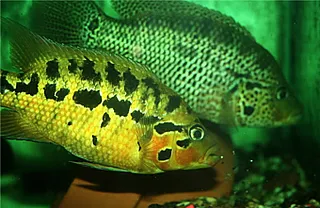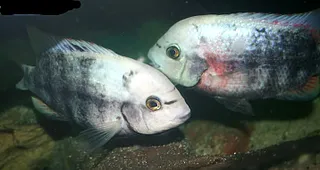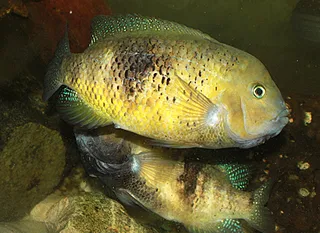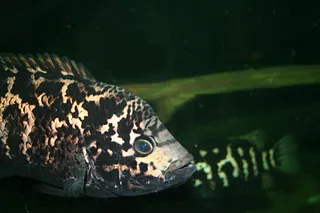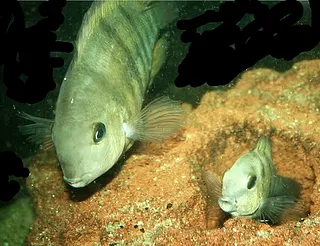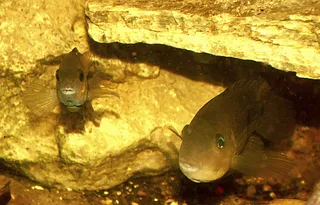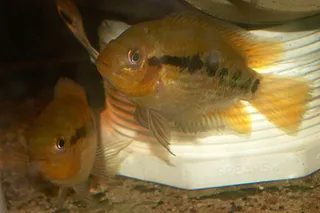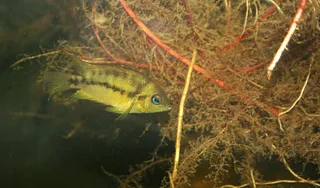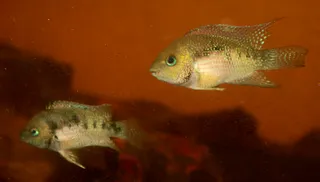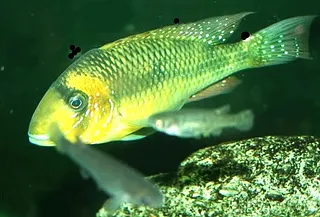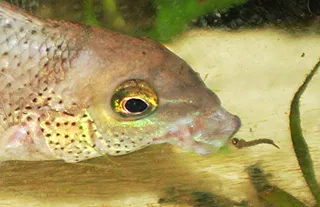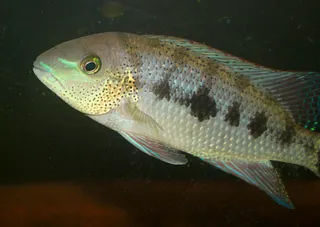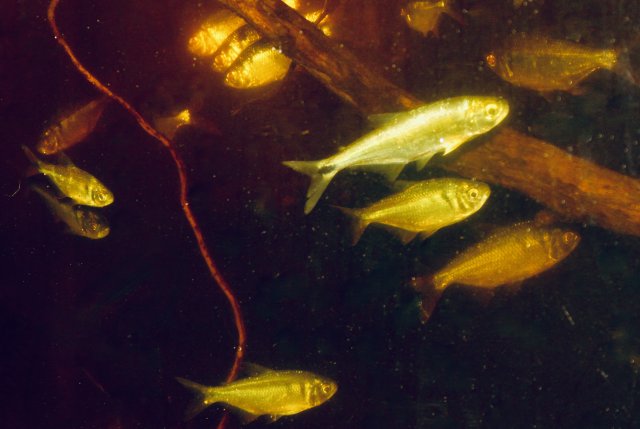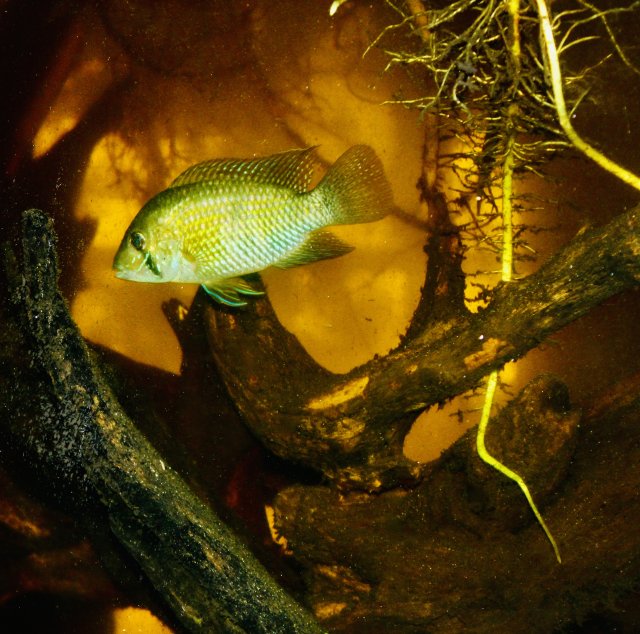Most Central American communities work at best, “maybe” 50% of the time (if that).
African communities (and even many S American communities ) have much better successful community track records, and to me, the reasons are obvious.
In the African rift lakes, myriads (almost one thousand) of species live together in one lake, and to survive in such densities must coexist without killing each other, and much is the same in Amazonia, where hundreds of species much coexist in rivers.
For a number of reasons Central America is quite different.
It seems once a species takes hold in a area, over time, it drives out most other cichlid species.
In northern Mexico, the Herichthys carpintus/labridens group are the dominant cichlids, covering waters over thousands of square miles, franging rom Texas to Veracruz they are just about the only clade of cichlids found.
Nosferatu (Herichthys labridens left........... Herichthys carpintus right
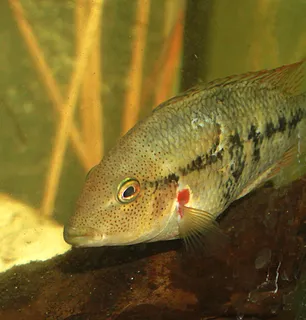
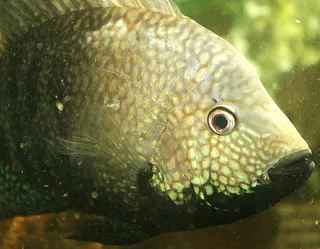
On the northern west coast of Mexico, Mayaheros beanii dominates only certain rivers, further south, Amphilophines thrive, but are confined to certain watersheds.
male Mayaheros beanii left..................... a female in spawning dress right
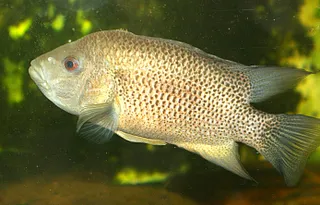
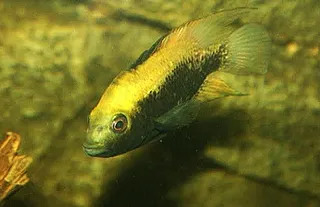
It is the similar on Caribbean islands. On Hispaniola only Nandopsis haitiensus exists, on Cuba, only N tetracanthus exists, except in an isolated area where N ramsdeni is separated by geographyical boundaries
N haittiensus left.........................................................N. tetracanthus right
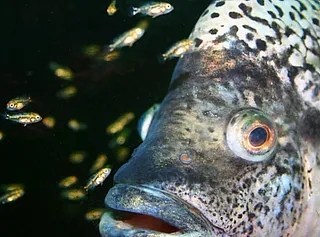
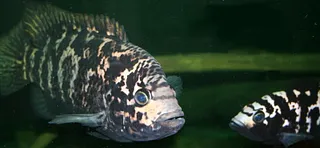
In the Yucatan, there are a number of species, but they are often separated Cenote to Cenote.
In Cenote Cristalino and Azul the dominant cichlid is Rocio (Jack Dempseys),
https://studio.youtube.com/video/txmi1mng_XQ/edit
In Eden Cenote Mayaheros uropthalmus dominate.
And in certain Cenotes where caves collapse barriers over time, to connect, and combine species, one or the other species seems to do well, while the other, not so well. Like the ones in the video below, where the JD population seems to suffer the presence of the Mayaheros uropthalmus.
https://studio.youtube.com/video/eBFAtr6ZfIs/edit
And in rivers where a couple species do share, different habitats within the rivers keep them from clashing.
In the river Mamoni Panama, where I collect, Andinoacara are found, but mainly in oxbows and slack water habitats, hardly ever mixing with the other dominant cichlid, Darienheros calobrensus, that prefers a rheophillic habitat.
Andinoacra directly below, Darienheros underneath it .
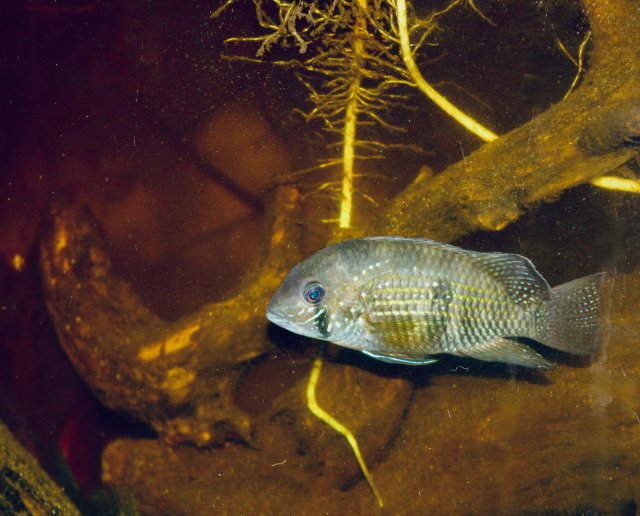
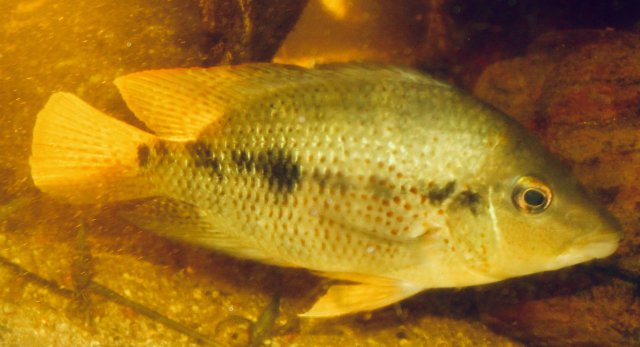
This preference for different habitats keep territorial riffs to a minimum.
Aquarists might pose, that aquariums are hardly natural. And here in, lies the problem. In the Mamoni river at least an acre of space keeps these 2 species of cichlids separate, where even in the largest aquariums nothing remotely close to that space is available, putting cichlids constantly in each others faces.
One other factor.
Most Central America cichidophiles want their tanks to be filled with cichlids, because that’s what they like.
But in nature that is seldom reality.
Often in nature, for every one or two cichlids found within an acre of space, there are 50 or more tetras making up the biotope.
In most cases, the density of cichlids in Central America, never comes close to the way aquarists seem to want to often stock their tanks.
How many cichlids can you find in the stretch of river, in the video below
Cichlid (Chogorro), in the Rio Utive, Panama
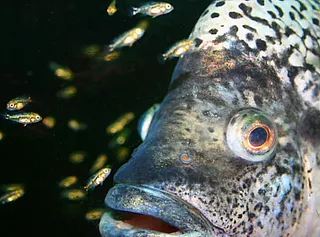
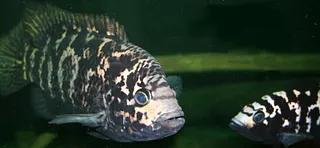
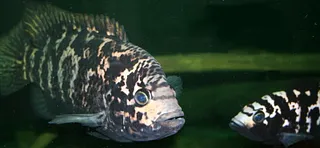
African communities (and even many S American communities ) have much better successful community track records, and to me, the reasons are obvious.
In the African rift lakes, myriads (almost one thousand) of species live together in one lake, and to survive in such densities must coexist without killing each other, and much is the same in Amazonia, where hundreds of species much coexist in rivers.
For a number of reasons Central America is quite different.
It seems once a species takes hold in a area, over time, it drives out most other cichlid species.
In northern Mexico, the Herichthys carpintus/labridens group are the dominant cichlids, covering waters over thousands of square miles, franging rom Texas to Veracruz they are just about the only clade of cichlids found.
Nosferatu (Herichthys labridens left........... Herichthys carpintus right


On the northern west coast of Mexico, Mayaheros beanii dominates only certain rivers, further south, Amphilophines thrive, but are confined to certain watersheds.
male Mayaheros beanii left..................... a female in spawning dress right


It is the similar on Caribbean islands. On Hispaniola only Nandopsis haitiensus exists, on Cuba, only N tetracanthus exists, except in an isolated area where N ramsdeni is separated by geographyical boundaries
N haittiensus left.........................................................N. tetracanthus right


In the Yucatan, there are a number of species, but they are often separated Cenote to Cenote.
In Cenote Cristalino and Azul the dominant cichlid is Rocio (Jack Dempseys),
https://studio.youtube.com/video/txmi1mng_XQ/edit
In Eden Cenote Mayaheros uropthalmus dominate.
And in certain Cenotes where caves collapse barriers over time, to connect, and combine species, one or the other species seems to do well, while the other, not so well. Like the ones in the video below, where the JD population seems to suffer the presence of the Mayaheros uropthalmus.
https://studio.youtube.com/video/eBFAtr6ZfIs/edit
And in rivers where a couple species do share, different habitats within the rivers keep them from clashing.
In the river Mamoni Panama, where I collect, Andinoacara are found, but mainly in oxbows and slack water habitats, hardly ever mixing with the other dominant cichlid, Darienheros calobrensus, that prefers a rheophillic habitat.
Andinoacra directly below, Darienheros underneath it .


This preference for different habitats keep territorial riffs to a minimum.
Aquarists might pose, that aquariums are hardly natural. And here in, lies the problem. In the Mamoni river at least an acre of space keeps these 2 species of cichlids separate, where even in the largest aquariums nothing remotely close to that space is available, putting cichlids constantly in each others faces.
One other factor.
Most Central America cichidophiles want their tanks to be filled with cichlids, because that’s what they like.
But in nature that is seldom reality.
Often in nature, for every one or two cichlids found within an acre of space, there are 50 or more tetras making up the biotope.
In most cases, the density of cichlids in Central America, never comes close to the way aquarists seem to want to often stock their tanks.
How many cichlids can you find in the stretch of river, in the video below
Cichlid (Chogorro), in the Rio Utive, Panama



Last edited:





